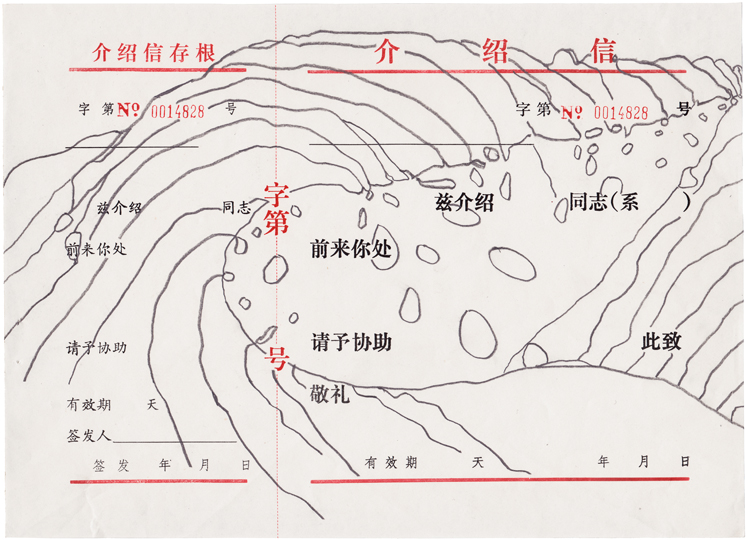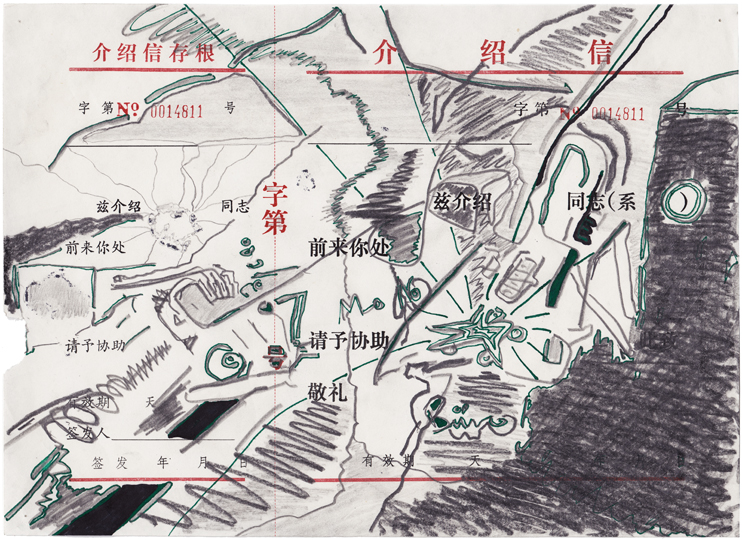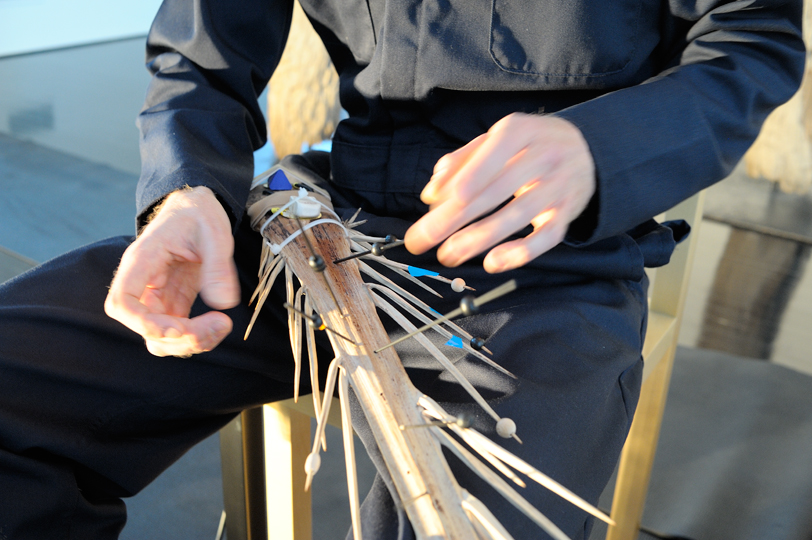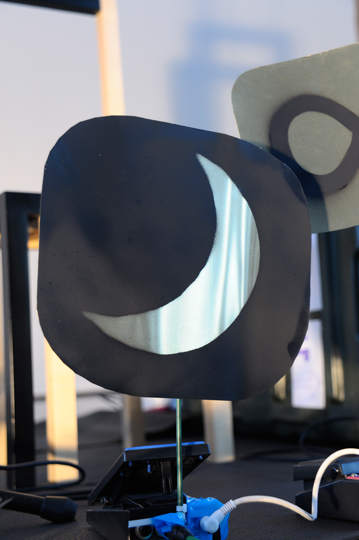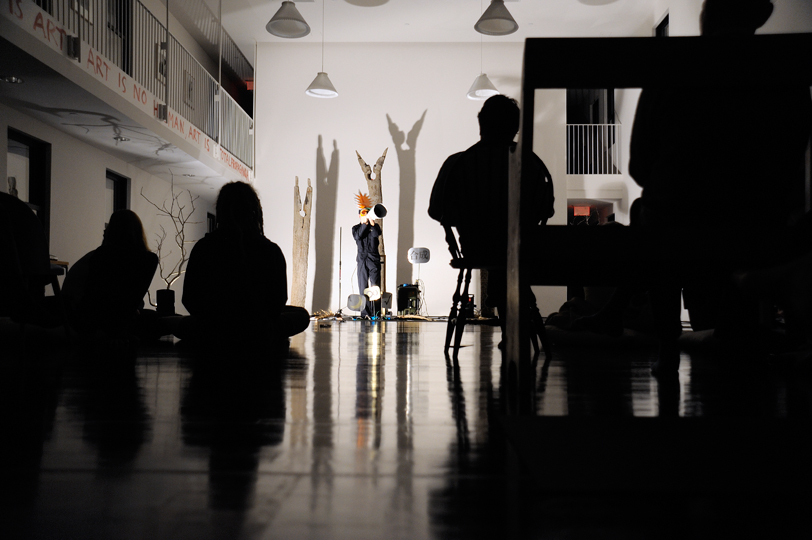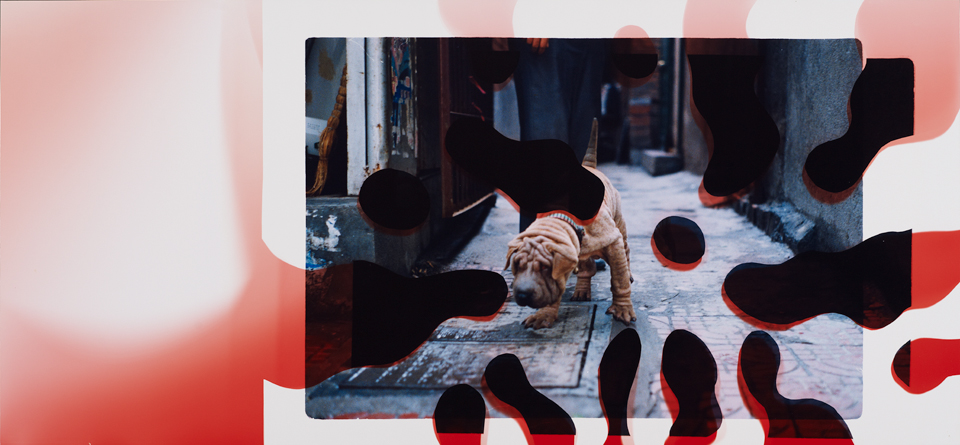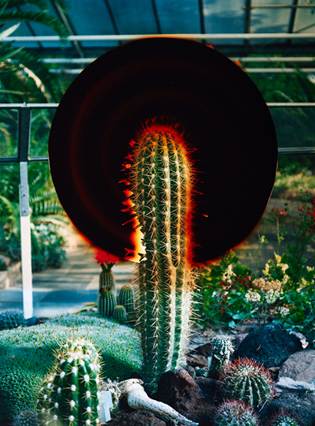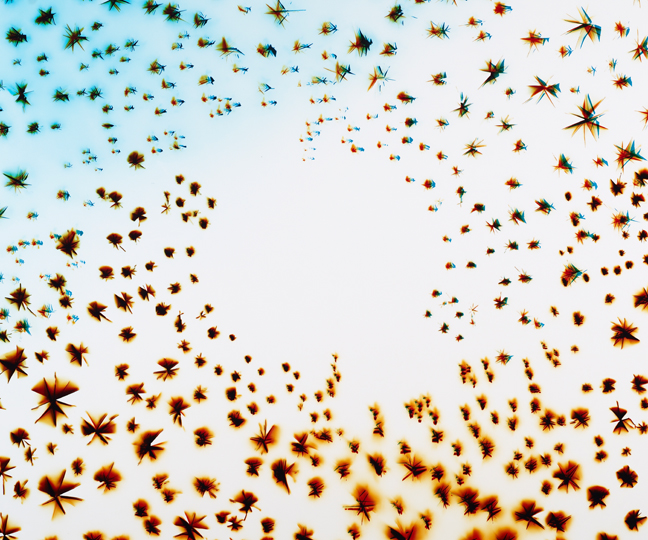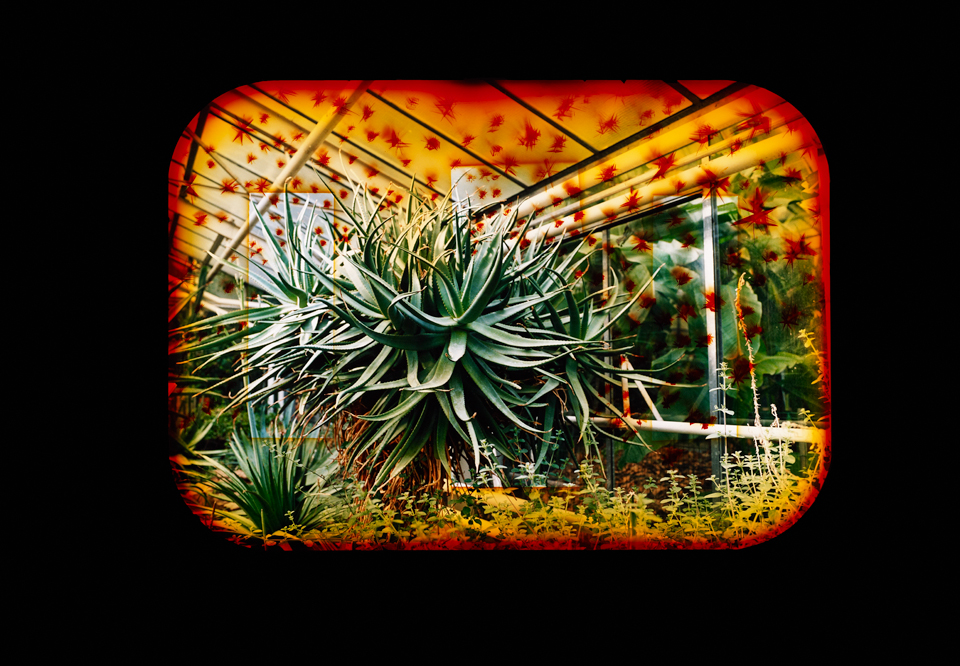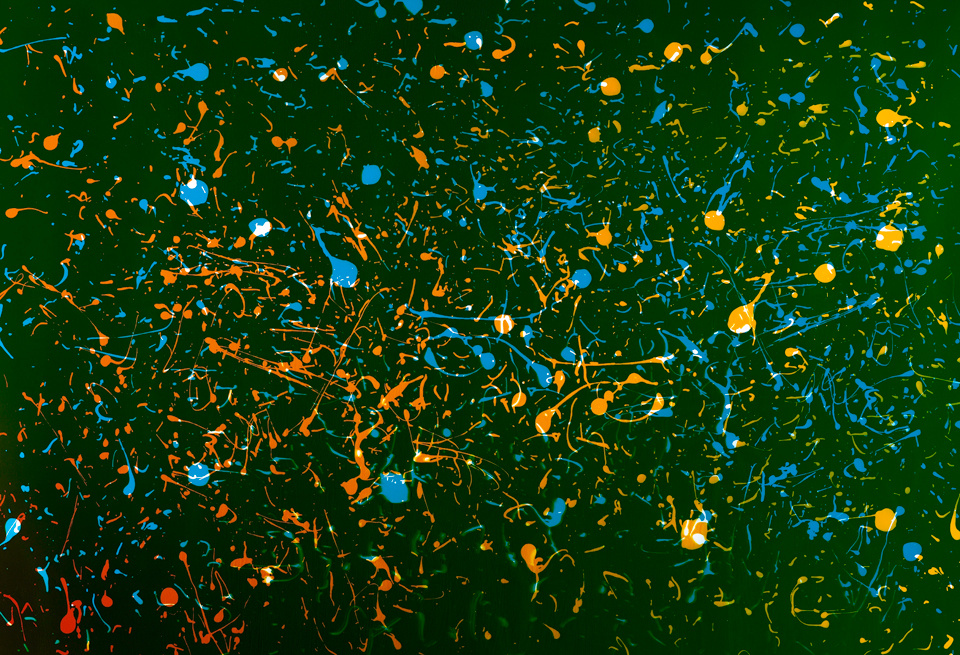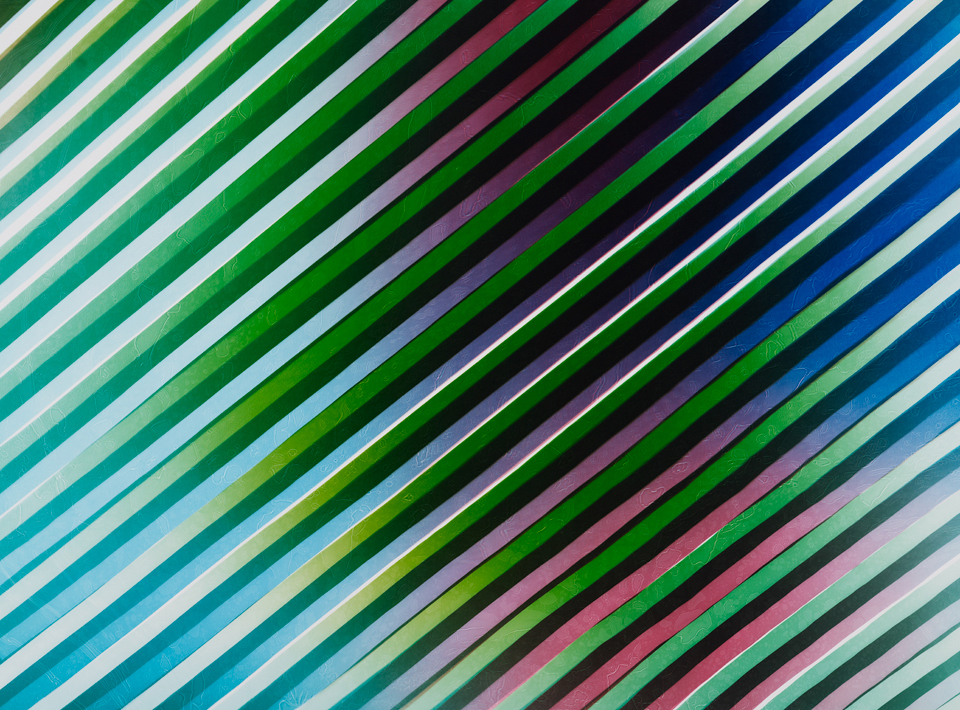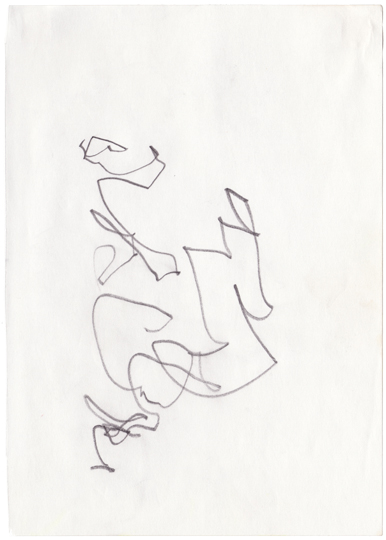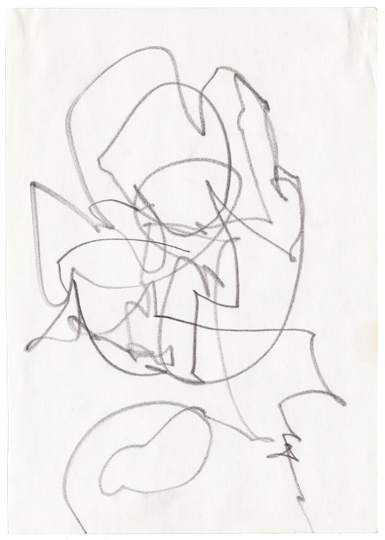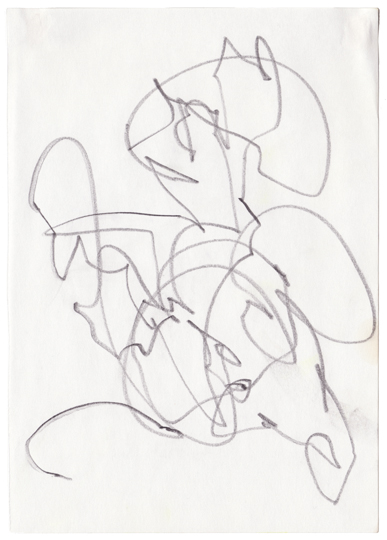
Memory Stick (Irrung) / Memory Stick (Error), 2011
Vinyl-Dubplate mit gemorstem Irrungszeichen, Treibholz, 100 x 30 x 30 cm
Vinyl-Dubplate with morse code sign ‚error‘, driftwood, 100 x 30 x 30 cm
(english text version below) Der Memory Stick (Irrung) besteht aus einer einzeln angefertigten Schallplatte (Vinyl-Dublate), die von einem Stück Treibholz eingefasst ist. Seine Gestalt weist Parallelen zu der von Fernsehtürmen auf, jedoch funktioniert der Memory Stick nicht als Sender, sondern stellt vielmehr eine Form von Zeitkapsel oder Informationscontainer dar: Auf der Schallplatte befindet sich Morsecode – in diesem Falle das Irrungszeichen, das aus 8 kurzen Signalen (Dits) besteht und beim Morsen das zuletzt gegebene Zeichen annuliert, um eine Korrektur vornehmen zu können.
Die Idee der Memory Sticks berührt Fragen, die auch im Zusammenhang von Monumenten oder Warnhinweisen zum Tragen kommen, die für spätere Generation oder Zivilisationen gedacht sind. Faktoren wie Materialität, Haltbarkeit, Auswahl von Information und ihre Verständlichkeit waren und sind entscheidend für Unterfangen wie z. B. das Entsenden der Voyager-Raumsonden I & II im Jahre 1977, an denen jeweils eine Schallplatte (Golden Voyager Record) angebracht wurde. Mit codierten Informationen und Bildern, Tonaufnahmen und Musikstücken sollen die Schallplatten, die sich zur Zeit im äußeren Bereich der Heliosphäre befinden, etwaigen Außerirdischen Auskunft über die Menschheit und ihre Kultur geben.
Morsecode scheint zur Aufbewahrung von Daten als probates wie auch absurdes Mittel – trotz des hohen Abstraktionsgrades ist die Speicherkapazität jedes Memory Sticks bescheiden und wird von einem heute üblichen USB-Stick um ein Vielfaches übertroffen. Die Verwendung des Codes stellt eine Verbindung zu den Anfängen der Telekommunikation und damit zu einer Vorform digitaler Codierung her, handelt es sich bei dem 1833 von Samuel F. B. Morse erfundenen und in der Folge zusamen mit Joseph Henry und Alfred Vail weiterentwickelten System doch um einen beinahe binären Code, der anstatt der Zustände ‚an‘ und ‚aus‘ noch die Parameter ‚lang‘ und ‚kurz‘ nutzt. Um es mit den Worten des Zukunftsforschers Paul Saffo zu sagen: „Morse code is the dead language of the digital age“.

The Memory Stick (Error) consists of a custom-made vinyl dubplate with a piece of driftwood piercing through its centre. Its shape has striking parallels to that of a TV tower, yet the memory stick does not function as a transmitter, but rather represents a kind of time capsule or information container. The record contains Morse code – in this case eight short signals (dits) that indicate an error by signalling for the previous letter to be discarded and for a correction to be made.
The idea of memory sticks touches on questions that also arise in connection with monuments or warning messages aimed at later generations or civilisations. Factors such as the material used, sustainability, selection of information and how it is understood were and are vital for complex undertakings, such as the Voyager 1 and 2 space probes launched in 1977, each of which carried a record (Golden Voyager Record). With coded information and images, sound recordings and pieces of music, the records, which were left in the outer reaches of the heliosphere, are intended to portray the life and culture on earth to any intelligent extraterrestrial life form that may encounter them.
Morse code seems to be an effective and, at the same time, absurd means of safekeeping data – despite the high degree of abstraction, the storage capacity of each memory stick is low and would be surpassed by that of a modern-day USB stick many times over. The use of the code establishes a connection to the humble beginnings of telecommunication and an early form of digital encoding. The system was invented by Samuel F. B. Morse in 1833 and subsequently further developed by Morse in collaboration wit Joseph Henry und Alfred Vail. It represents an almost binary code, but unlike with binary code it operates wit the parameters short and long. In the words of futurologist Paul Saffo, „Morse code is the dead language of the digital age“. (translation: subtext berlin)

Back to Overview / Selected Works
Datenschutz | Privacy Policy | Impressum






